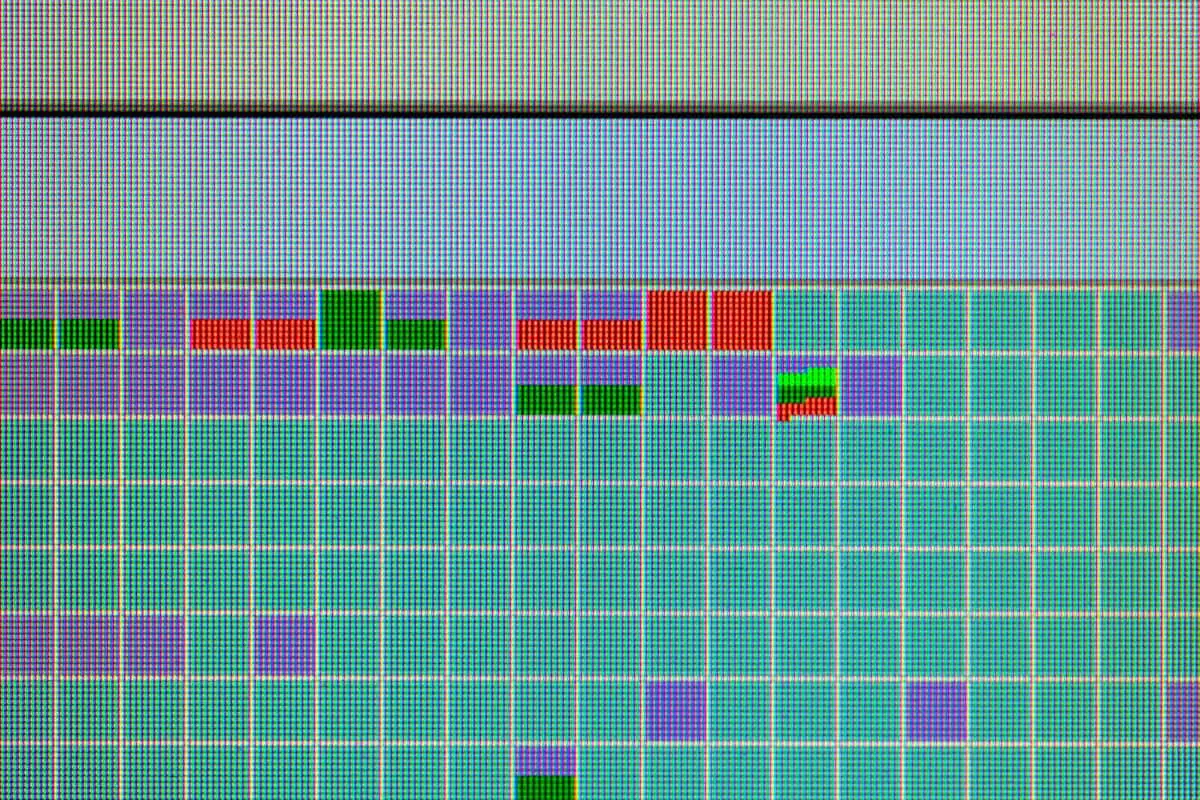Users facing problems with their operating system, might run diagnostic software and find that their drives are showing bad sectors. Even if you aren’t having problems, you might feel a little anxious if you notice bad sectors, whether running an HDD or an SSD.
A small number of bad sectors on a drive is no cause for concern. There is no hard and fast rule on how many are acceptable. Bad sectors indicate an unreadable part of the disk, generally due to damage or data corruption. If bad sectors start growing and multiplying, the drive should be replaced.
In a nutshell, you shouldn’t worry unless repeated disk analysis reveals that the bad sector is getting bigger or it starts affecting the stability of your system. Read on to find out more about bad sectors, what causes them, and if there is anything you can do besides replacing the disk.
What Causes Bad Sectors in SSDs and HDDs?
SSDs and HDDs operate on very different principles. The hard disk is a mechanical device that relies on a set of spinning discs and other mechanical wizardry to store and retrieve data.
Solid-state media has no moving parts, comprising of various chips and circuits to give us storage capacity. It stands to reason that they can get bad sectors for different reasons, even if they behave more or less the same.
Bad Sectors on HDDs
If you like your storage cheap and plentiful, you likely have a stack of hard disk-type drives that you’ve pulled out of old laptops and broken desktops over the years. And you’re likely to notice bad sectors on older HDDs.
Bad sectors on HDDs are usually caused by physical damage to the platters where data is stored. The discs spin at a high speed and are sensitive to shock, with the fragile read/write arms being prone to breaking. Power surges and failures can also cause bad sectors on HDDs.
Since the damage is usually physical in nature, there isn’t much you can do about a bad sector on an HDD. The mechanical parts in the drive also degenerate over time. Nothing lasts forever, so failure is seemingly inevitable, even if you baby your hard disks.
On such a tiny scale, even the slightest misalignment can begin progressively destroying your data, which is why bad sectors have the tendency to spread. A minor corruption caused by an isolated incident like a power failure will usually remain stable.

Bad Sectors on SSDs
SSDs are the new standard in high-capacity storage, circumventing entirely the mechanical issues hard disks often have. Unfortunately, they can still get bad sectors even if it is much less likely than in the case of their mechanical cousins.
SSDs can get bad sectors for a variety of reasons, including data corruption, physical damage, and software errors. SSDs usually take care of bad sectors internally by marking them as unusable. Usually, small clusters of bad sectors won’t cause any issues.
In some cases, bad sectors can be fixed by repairing the drive by using CHKDSK, a utility built right into Windows for the purpose. You can also use third-party software like the free version of AOMEI Partition Assistant if you are uncomfortable using the command line. There are also plenty of options available for Linux users – GPartEd, for example.
Bad Sectors on M.2 SSDs (NVMe)
The newer NVMe standard of storage devices boasts unparalleled data transfer speeds via a direct PCIe link to the solid-state media via a dedicated connector located right on the motherboard. Unlike SATA SSDs and HDDs, these devices are powered directly from the motherboard and do not have data or power cables.
M.2 SSDs are much the same as any other SSD when it comes to bad sectors. They are equally prone to bad sectors; that is, they can get them, but it is not as likely as in the case of HDDs. The considerations when dealing with bad sectors on M.2 SSDs are the same as with any other solid-state media.
In other words, an M.2 is just a much faster version of the familiar SATA-based SSDs. It just circumvents the need for cables and an SSD for users who need to transfer large amounts of data in short amounts of time.
How To Prevent Bad Sectors on HDDs and SSDs
Bad sectors are like an illness for your storage. They can behave in different ways; some are like scars that remain as a memory of some trauma, while others are more fierce and spread and destroy the once healthy parts of your drive.
Prevention is always better than the cure, just be sure to check your PC for any malware before replacing anything – it’s not impossible for a malware attack to create bad sectors.
Use a UPS To Prevent Sudden Power Loss
Power failures have long been the bane of many computer users’ existence, but thankfully we have backup batteries called UPS (Uninterrupted Power Supplies) that can protect us from the unexpected and prevent unnecessary data loss.
To protect your computer from power surges and failures, install a UPS. The backup battery is designed to keep your machine operational for long enough that you can save your work and shut it down safely, thus preventing damage related to sudden power loss.
An APC 1500VA UPS Battery (available on Amazon.com) offers surge protection and will allow you to safely shut down your machine in the event of a power failure. Fortunately, laptop users don’t have to worry about this as much, but it is good practice to keep that battery topped up where possible.
Conclusion
Bad sectors are like the seasonal flu for computers – you’re bound to catch it sometimes, but thankfully they aren’t the end of the world. You can sometimes recover a bad sector, but in the case of physical damage, you are usually stuck with it.
There is no rule on how many bad sectors you can have, but you must monitor the number occasionally to ensure it doesn’t grow. Sometimes a drive can go bad and start behaving problematically because it has too many bad sectors; in this case, it’s best to replace it to avoid further data loss.
